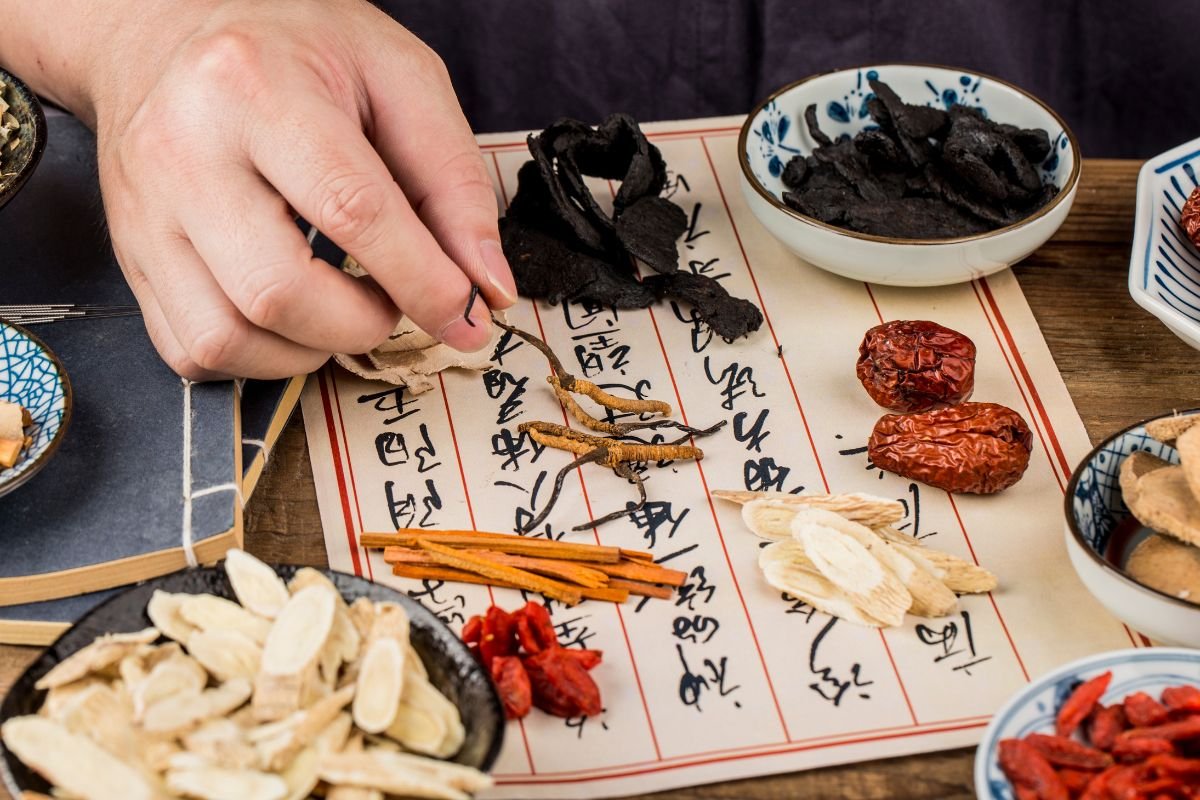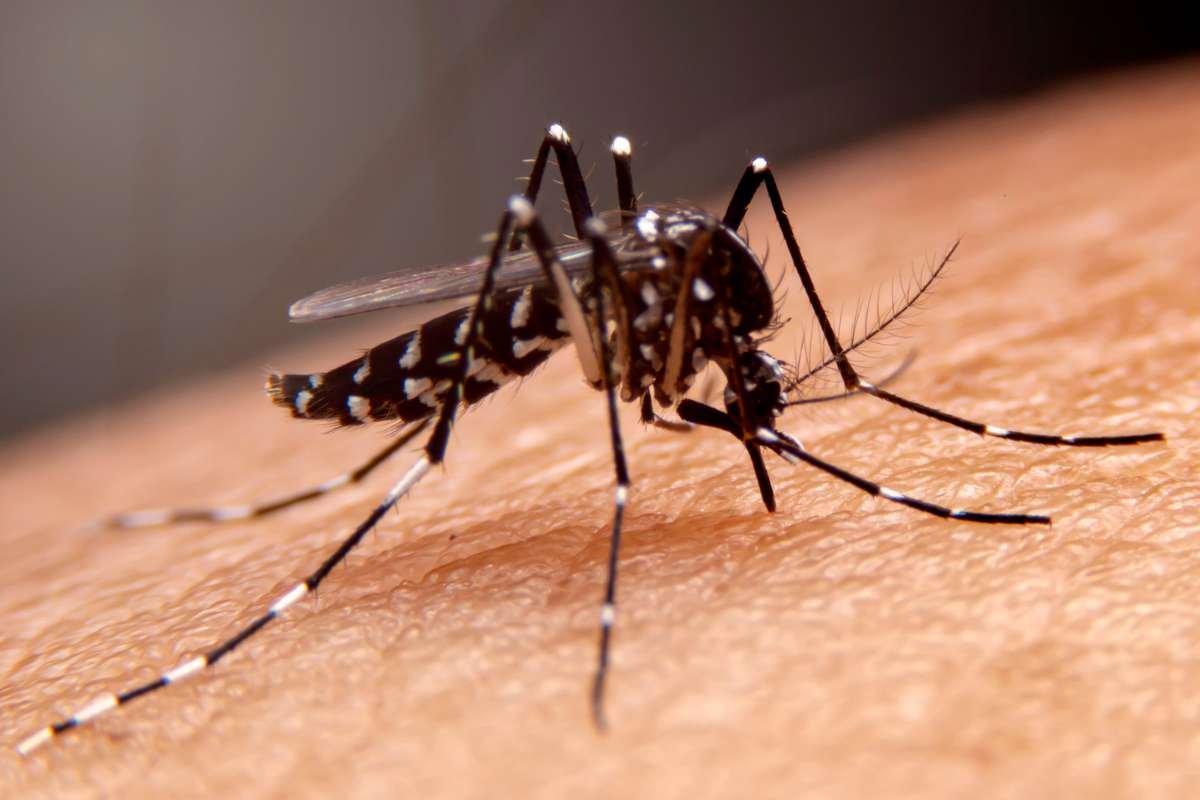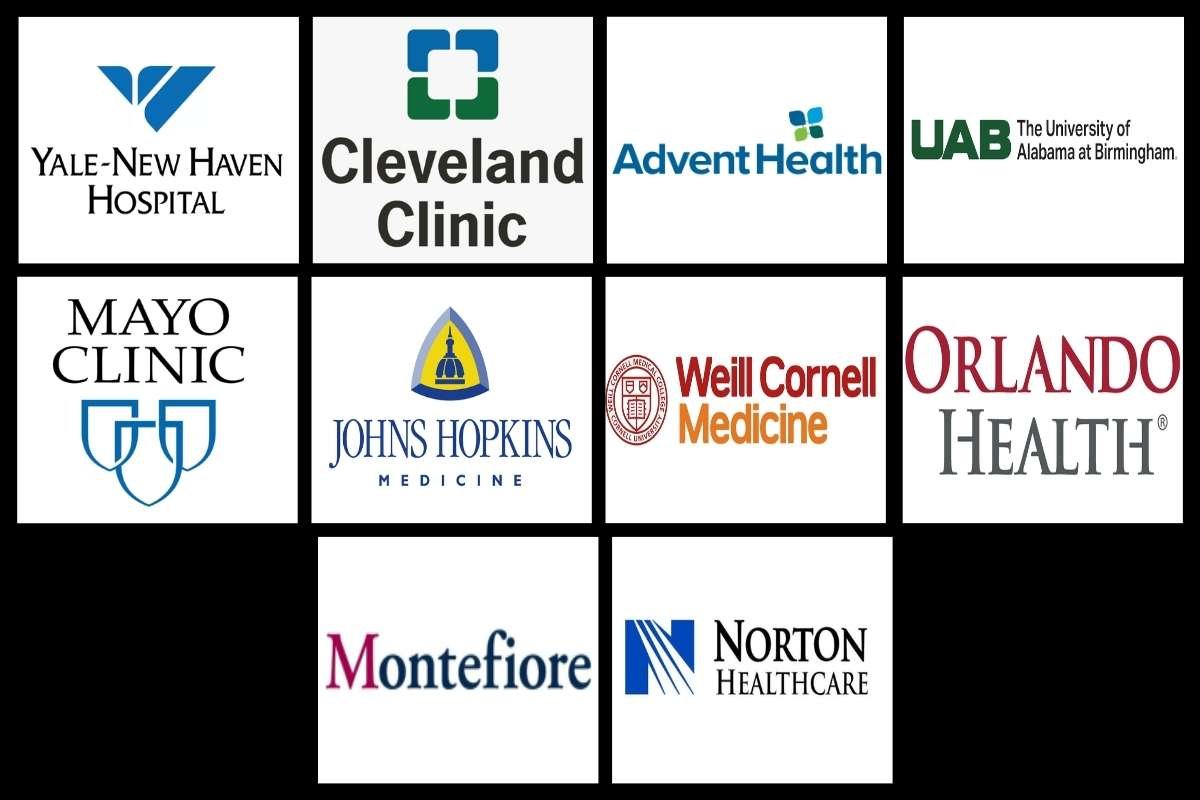Ancient healing practices have become popular in healthcare in recent times. There is a growing recognition for it. One such practice is Traditional Chinese Medicine (TCM) which has been around for thousands of years. It provides a holistic and personalized approach to health and wellness. Recently, the idea of integrating Traditional Chinese Medicine with modern healthcare systems has become more popular. This integration combines ancient medical knowledge with contemporary practices to offer better care for patients.
In this article, we will learn what Traditional Chinese Medicine (TCM) Integration means, its benefits, and how it is changing the way we think about health and healing in the 21st century.
What is Traditional Chinese Medicine (TCM)?
Traditional Chinese Medicine (TCM) is a complete medical system that started in China over 2,000 years ago. It is based on the idea that good health comes from harmony and balance within the body and between the body and its surroundings. TCM sees the human body as an interconnected system, where physical, mental, emotional, and spiritual aspects are all linked together.
Here are some key concepts in TCM:
Yin and Yang: These are two complementary forces that need to be balanced for good health. Yin represents coolness, rest, and calmness, while Yang symbolizes heat, activity, and energy.
Qi (Energy): Qi is the vital life force that flows through pathways in the body called meridians. When Qi is blocked or out of balance, it can lead to illness.
Five Elements Theory: The Five Elements—Wood, Fire, Earth, Metal, and Water—represent the natural rhythms of the universe. TCM uses these elements to understand how the body, emotions, and environment are connected.
Holistic Diagnosis: Practitioners of TCM use methods like pulse diagnosis, tongue analysis, and observing symptoms to identify imbalances in the body and create treatment plans.
What is Traditional Chinese Medicine (TCM) Integration?
Traditional Chinese Medicine (TCM) integration means bringing together TCM principles, therapies, and practices with modern healthcare systems. This approach combines the long-standing wisdom of TCM with evidence-based methods from contemporary medicine to provide well-rounded, patient-centered care.
Instead of seeing TCM and modern medicine as opposing systems, TCM integration aims to harmonize the two, using their strengths to benefit patients. This integrated model considers the physical, emotional, and spiritual aspects of health, offering a more personalized and holistic way to heal.
By blending these two approaches, TCM integration helps create a more comprehensive healthcare experience that addresses the whole person, not just their symptoms.
The Benefits of Traditional Chinese Medicine (TCM) Integration
The integration of TCM into modern healthcare systems provides many advantages for various health issues. Here are some key benefits:
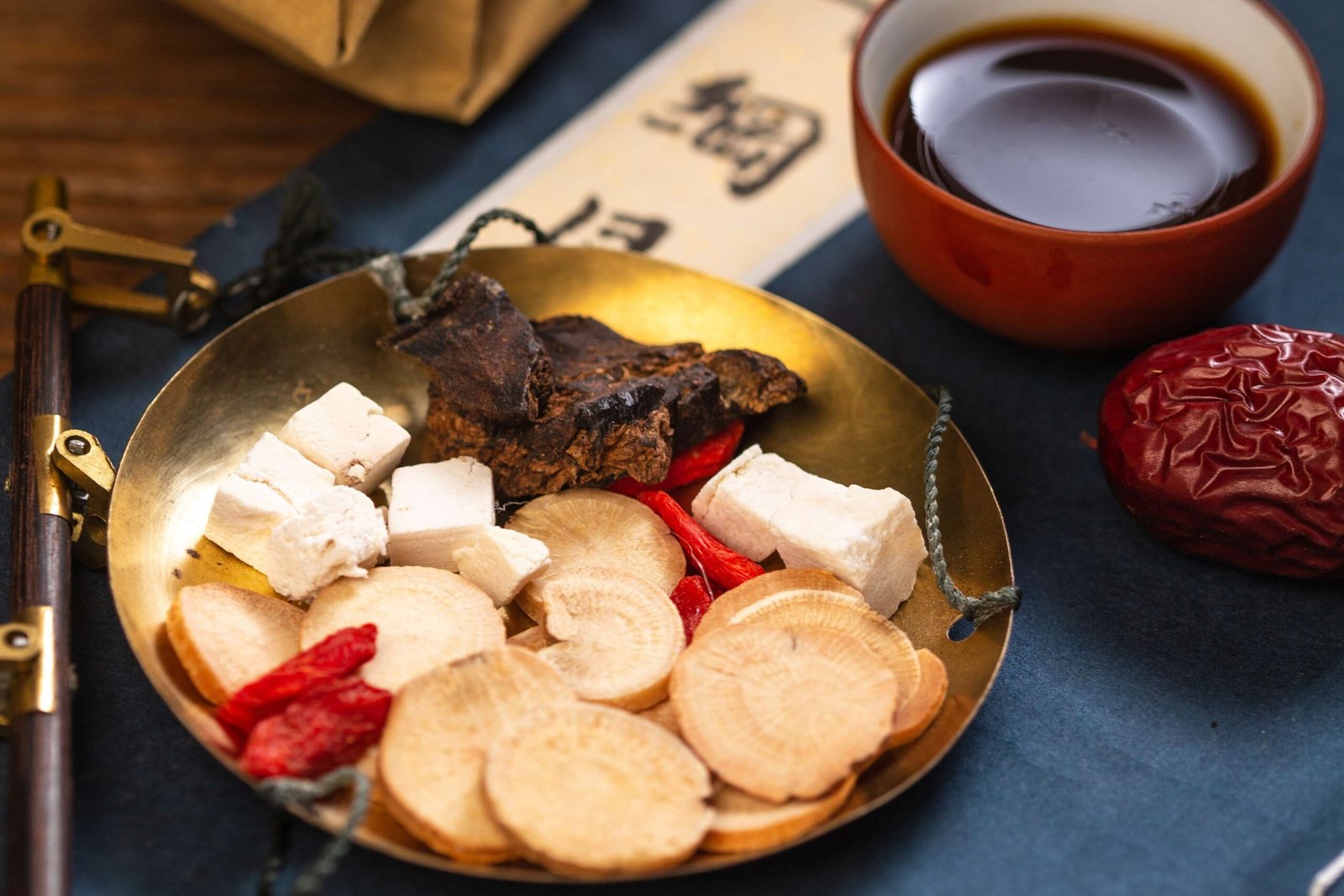
1. Holistic Approach to Health
TCM focuses on treating the root causes of illnesses instead of just the symptoms. By combining TCM with modern healthcare, doctors can gain a better understanding of a patient’s condition, leading to improved long-term results.
2. Complementary Care
TCM therapies, such as acupuncture, herbal medicine, and dietary therapy, can work alongside modern treatments like surgery, chemotherapy, and medication. This combination can help patients recover faster and reduce side effects.
3. Personalized Treatments
TCM acknowledges that each person is unique. By incorporating TCM into healthcare, practitioners can create customized treatment plans that consider each patient’s specific needs and health background.
4. Stress and Mental Health Support
Practices like acupuncture, tai chi, and meditation, which are important parts of TCM, are effective for managing stress, anxiety, and depression. When combined with counseling and medication, they offer a well-rounded support system for mental health.
5. Chronic Disease Management
TCM therapies are especially helpful for managing chronic conditions such as arthritis, diabetes, and hypertension. These therapies can improve circulation, reduce inflammation, and balance energy, enhancing the quality of life for patients with long-term illnesses.
6. Fewer Side Effects
Many TCM treatments, like herbal remedies and acupuncture, are natural and minimally invasive, making them safer alternatives or complements to pharmaceutical drugs.
7. Focus on Prevention
One key principle of TCM is preventing illness through lifestyle changes, dietary advice, and early intervention. By incorporating these preventive measures into modern healthcare, we can help reduce the overall burden of disease.
Key Practices in Traditional Chinese Medicine (TCM) Integration
The success of Traditional Chinese Medicine (TCM) integration comes from combining ancient therapies with modern medical practices. Here are some of the most commonly used TCM therapies:
Acupuncture: Acupuncture involves inserting thin needles into specific points on the body to help energy flow and restore balance. It is often used to treat pain, migraines, digestive problems, and stress-related issues.
Herbal Medicine: TCM herbal remedies are made from natural ingredients like plants, roots, and minerals. These remedies are carefully designed to address specific health concerns and support the body’s natural healing abilities.
Tai Chi and Qigong: These gentle exercises mix movement, breathing, and meditation to enhance physical and mental well-being. They are especially good for improving flexibility, balance, and managing stress.
Dietary Therapy: TCM dietary therapy focuses on eating foods that match your body’s needs and the changing seasons. This approach helps promote digestion, boost immunity, and maintain overall health.
Cupping Therapy: This ancient technique involves placing cups on the skin to create suction, which improves blood flow and relieves muscle tension. It is often used alongside acupuncture.
Moxibustion: Moxibustion involves burning a medicinal herb called mugwort near specific acupuncture points to encourage healing and improve energy flow.
Lifestyle Adjustments: TCM practitioners often suggest lifestyle changes, such as better sleep habits, stress management, and mindfulness practices, to support overall health.
Challenges and Opportunities in Traditional Chinese Medicine (TCM) Integration
While Traditional Chinese Medicine (TCM) integration has become widely accepted in many parts of the world, it still faces some challenges. Here are a few of the main barriers:
Lack of Standardization: TCM practices can vary greatly, making it hard to create consistent guidelines for how to integrate them into modern healthcare systems.
Scientific Validation: Although many TCM therapies have been used for centuries, there is still a need for thorough scientific research to confirm their effectiveness and safety.
Cultural Differences: The philosophical basis of TCM can sometimes conflict with the evidence-based approach of Western medicine. This requires both sides to be open-minded and willing to collaborate.
Despite these challenges, the potential for TCM integration is significant. By encouraging cooperation between TCM practitioners and modern healthcare providers, we can develop a more inclusive and effective healthcare system that meets the diverse needs of patients. This collaboration can lead to better health outcomes and a more comprehensive approach to wellness.
Real-World Examples of Traditional Chinese Medicine (TCM) Integration
The integration of Traditional Chinese Medicine (TCM) into mainstream healthcare is already having a positive impact in many countries. Here are some examples:
Cancer Care: Hospitals in the United States and China are increasingly using TCM therapies like acupuncture and herbal medicine to help reduce the side effects of chemotherapy, such as nausea, fatigue, and pain.
Pain Management: Many pain clinics now include acupuncture in their treatment plans for conditions like migraines, lower back pain, and arthritis.
Mental Health: TCM practices such as meditation, tai chi, and dietary therapy are being used alongside counseling and medication to help patients dealing with anxiety, depression, and PTSD.
Fertility Treatments: Fertility clinics around the world are incorporating TCM therapies, including acupuncture and herbal medicine, to enhance reproductive health and improve the success rates of IVF treatments.
How to Incorporate Traditional Chinese Medicine (TCM) Integration into Your Life?
If you’re interested in exploring Traditional Chinese Medicine (TCM) integration, here are some simple steps to help you get started:
1. Consult a Licensed Practitioner
Find a qualified TCM practitioner who can evaluate your health and suggest personalized treatments that suit your needs.
2. Combine Therapies
Work with your healthcare provider to include TCM therapies in your current treatment plan. For instance, you might consider adding acupuncture sessions to help manage chronic pain or stress.
3. Educate Yourself
Learn about TCM principles and how they can support your health goals. You can find valuable information in books, workshops, and online resources.
Borderline Personality Disorder Books: The most healing technique for BPD
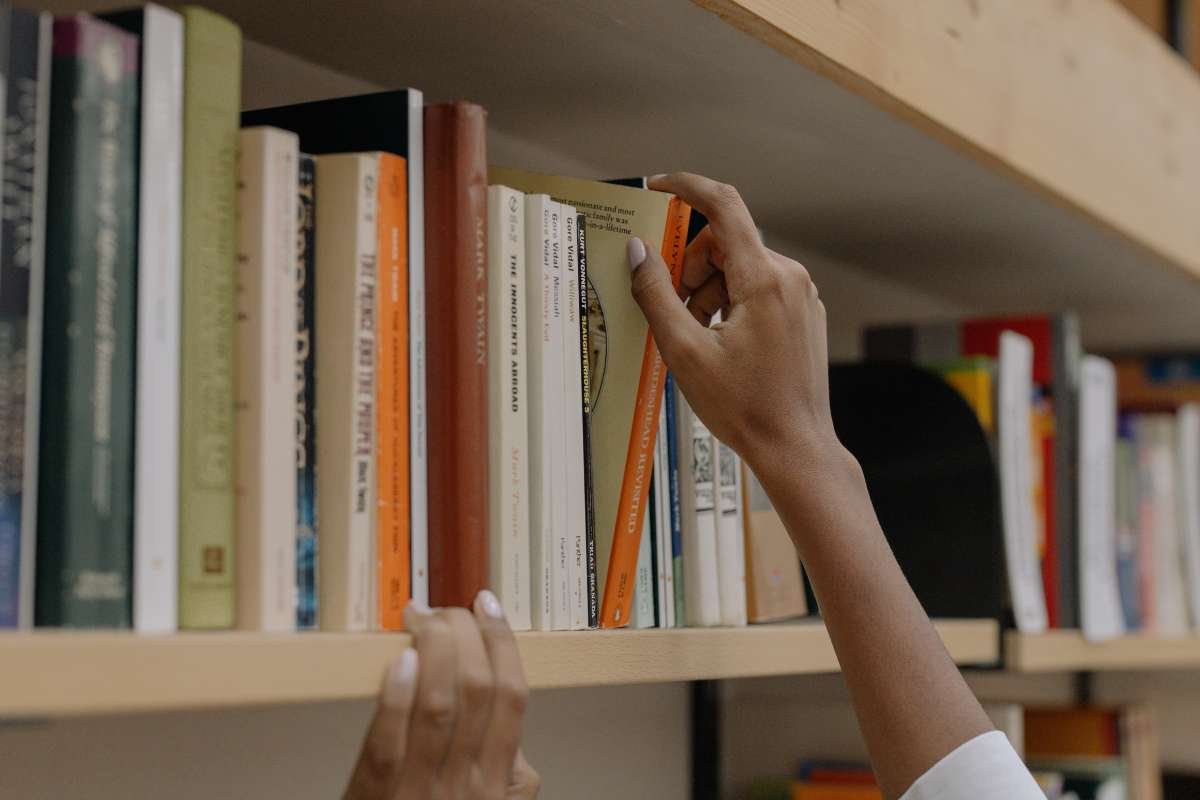
4. Adopt a Holistic Lifestyle
Incorporate TCM-inspired practices, such as mindful eating, tai chi, and meditation, into your daily routine to improve your overall well-being.
Conclusion
The integration of TCM with modern medicine is showing effective changes despite the challenges around it. This approach offers a holistic, patient-centered approach that focuses on addressing the root causes of illness while promoting balance and harmony in the body, mind, and spirit.
Whether you’re managing a chronic condition, looking for natural alternatives, or simply aiming to improve your overall health, Traditional Chinese Medicine (TCM) integration provides a strong pathway to help you achieve your wellness goals.

